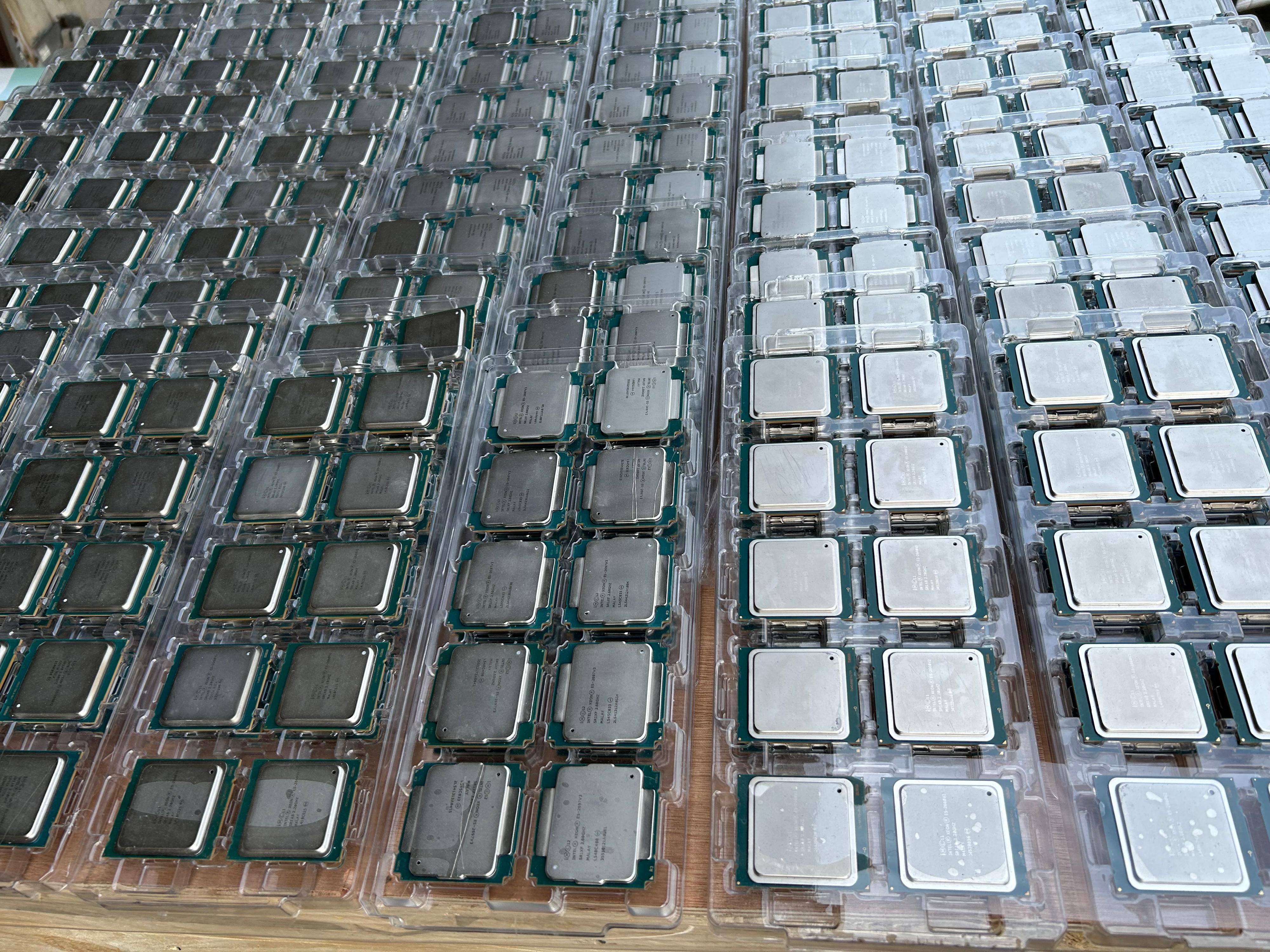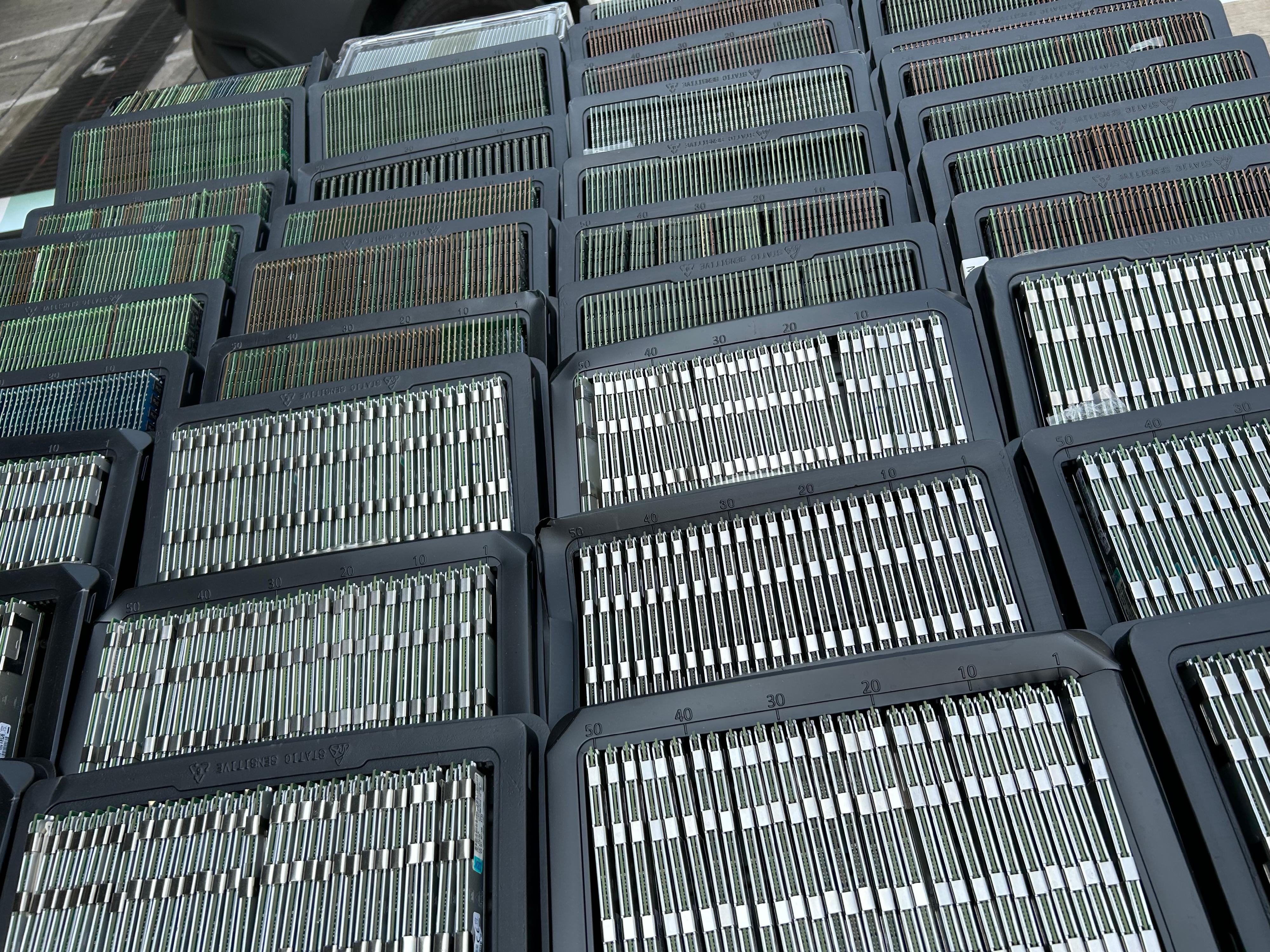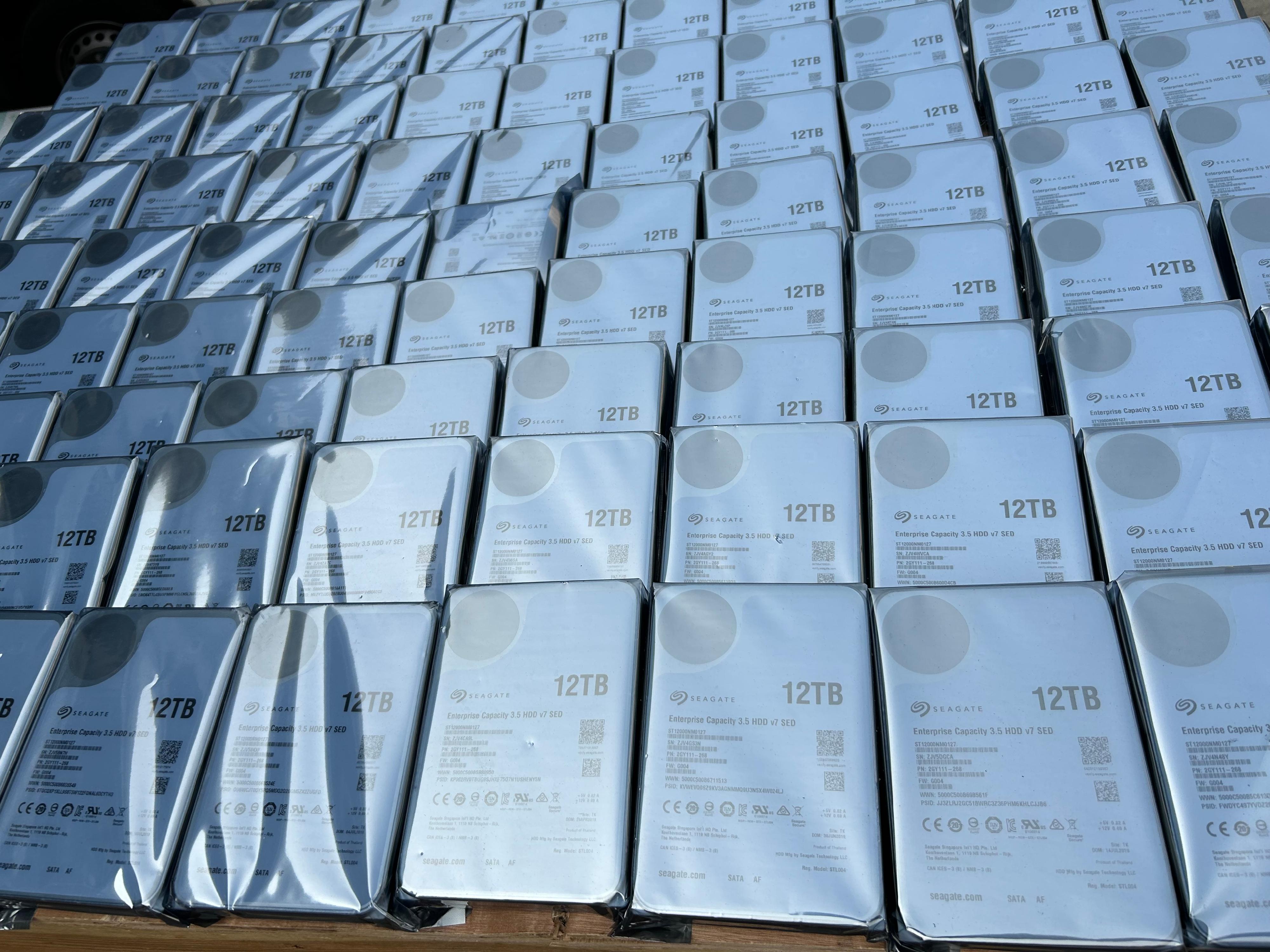Grading of beach water quality released
The Environmental Protection Department (EPD) today (March 8) released the latest grading of water quality for eight gazetted beaches that are open for swimming.
Seven beaches were rated as Good (Grade 1) and one as Fair (Grade 2).
Grade 1 beaches are:
| Big Wave Bay Beach | Repulse Bay Beach |
| Clear Water Bay Second Beach | Silver Mine Bay Beach |
| Deep Water Bay Beach | Stanley Main Beach |
| Golden Beach |
Grade 2 beach is:
| Silverstrand Beach |
Compared with the grading released last week, Silverstrand Beach has been changed from Grade 1 to Grade 2.
“The changes are generally within the normal range of fluctuation of the bacteriological water quality of the beaches,” an EPD spokesman said.
Under the present grading system, beaches are classified into four grades, namely Good (Grade 1), Fair (Grade 2), Poor (Grade 3) and Very Poor (Grade 4), according to the level of E. coli in the water. Grades are calculated on the basis of the geometric mean of the E. coli counts on the five most recent sampling occasions.
While the ratings represent the general water quality at the beaches, the EPD spokesman reminded members of the public that water quality could be temporarily affected during and after periods of heavy rain. Bathers should avoid swimming at beaches for up to three days after a tropical cyclone or heavy rainfall.
A summary of beach grades is published weekly before the weekend. The latest beach grades based on the most current data may be obtained from the EPD’s website on Beach Water Quality (www.epd.gov.hk/epd/beach) or the beach hotline, 2511 6666. Members of the public can also obtain the latest daily water quality forecast information for all beaches that are open for swimming through the Beach Water Quality Forecast mobile application (available for download from: www.epd.gov.hk/en/BWQApp) or the dedicated beach water quality forecast page (www.epd.gov.hk/en/BWQForecast) on the EPD’s beach thematic website. read more








